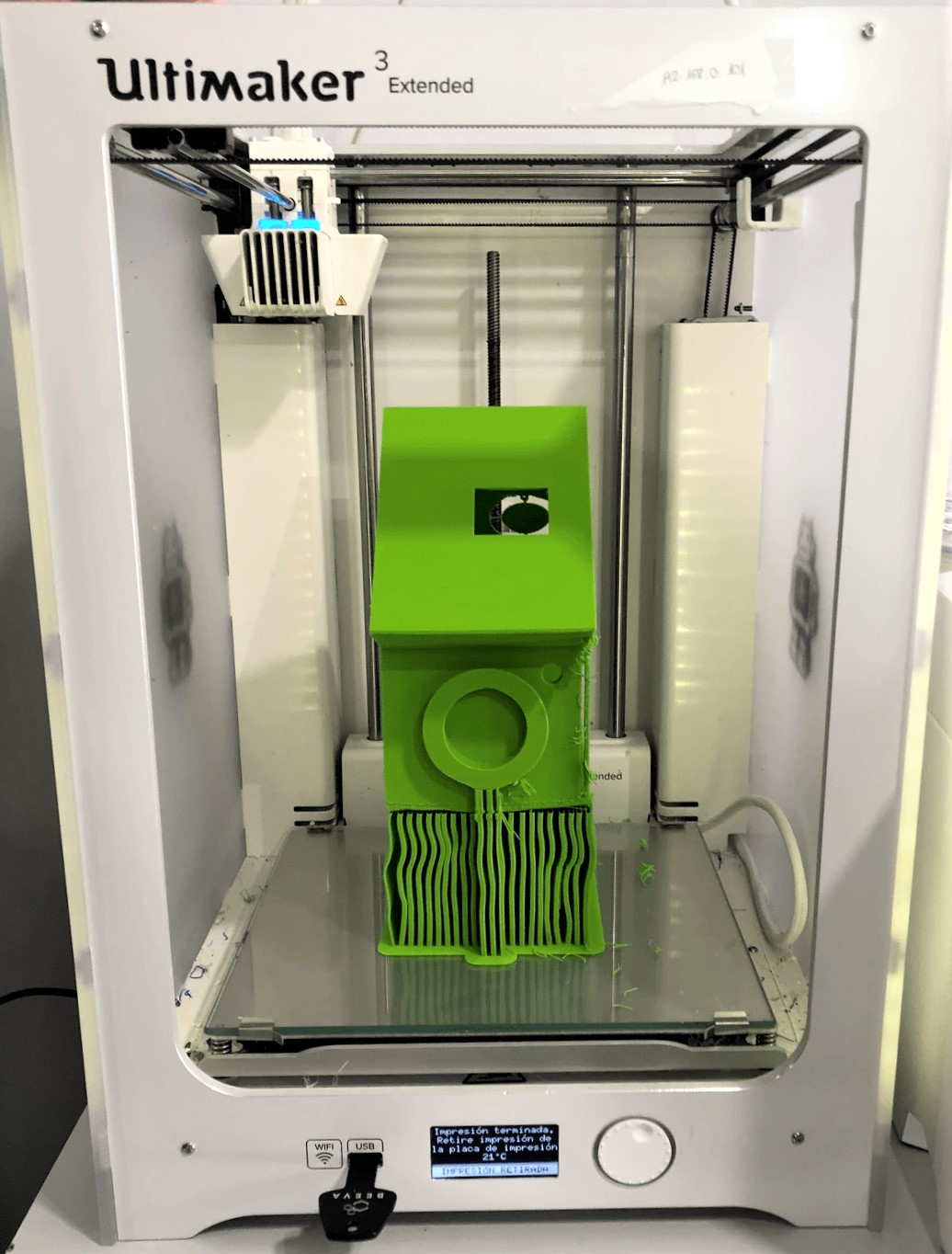Teaching Environmental Awareness with Smart IoT Planters in Learning Spaces (TEASPILS)
Developed in Informatic Systems Engineering faculty (ETSISI), in the Politechnical University of Madrid (UPM)

The TEASPILS project focuses on creating environmental awareness towards plants and greenery, educating young people and their teachers towards ecological learning spaces. Actions will promote and foster awareness of environmental issues in an educational context, e.g. the sustainable development goals (SDGs) of the UN Agenda 2030. Unlike the wider agenda of protecting natural habitats like rainforests, our approach aims to stimulate knowledge and appreciation of plants close to the people concerned, i.e. in urban indoor and outdoor environments. Especially, the effects of plants in classrooms, offices, homes and public spaces have hitherto been undervalued. The project will target young people from an early age onwards, with students from primary, secondary and tertiary level to learn about potted plants in their immediate vicinity. With this promotion of plant appreciation at a young age, the project intends to lay the foundation of much wider protective attitudes of natural and artifical flora (and fauna). Therefore, it is considered to enhance thinking about the positive effects plants have on the climate and environmental well-being of our planet.
With a technology-enhanced approach using sensors and visualisations, children will not only learn basic facts about plants, but also about care and responsibility towards them. We use the cascading approach via primary and secondary school teachers, educational leaders, lecturers and support staff to establish a wide-ranging plant supported school climate, as well as measuring and evaluating their impact on learning and social behaviours.
The device has been embedded into a 3D printed case, designed by Juan Luis Moreno, that looks like a small green house. This case can be nailed into a planter using it as a Spike, or placed in a plain surface.
Protects the electronic device against dust and water, and gives a friendly interface for the user.

All the electronics components and peripheralls has been interconected using a printed circuit board. This gives more reliability and robustness to the design, and makes it compatible with masive production tecniques. In addition, JST connectors has been used as ports for interfacing with the diferent peripheralls of the system. These kind of connectors have a lock in one of the sides that both locks the connection and avoids a incorrect positioning of the connector.

A graphication system has been developed using the Thingsboard interface. Each one of the users has a especific user that allows him to see the related dashboard.

We are Juan Arquero and Juan Luis Moreno, computer engineering students at the Politechnical University of Madrid.
